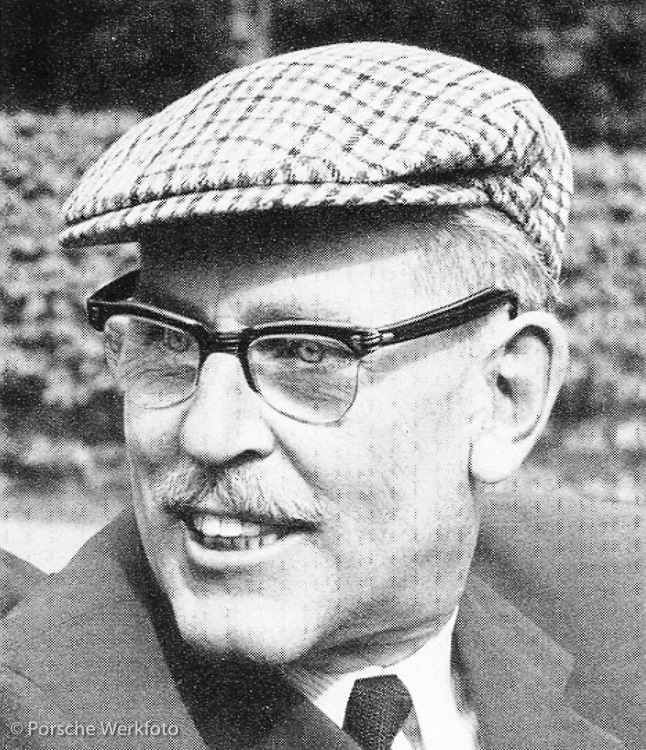For two years in the early 1960s, South African André Loubser had the time of his life, working not just for Porsche in Stuttgart, but for Huschke von Hanstein, one of the most colourful figures in the company’s history. Von Hanstein’s death, in early 1996, prompted Loubser to recall those far-off days and to write this remarkable account of his time at Zuffenhausen, illustrated by photographs, many previously unpublished, from his own collection.
It was thanks to an extraordinary twist of fate that I became the first South African to work for Porsche in Stuttgart. The story began when, as a 12-year-old schoolboy, I came across the Mercedes-Benz stand at the 1952 Van Riebeeck Festival in Cape Town, an event held to commemorate South Africa’s 300th anniversary. It heralded the beginning of the marque’s entry into the South African market.
No Subscription? You’re missing out
Get immediate ad-free access to all our premium content.
Get Started



